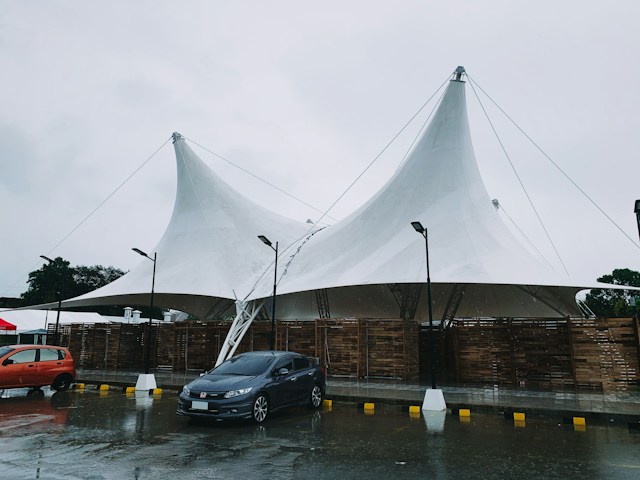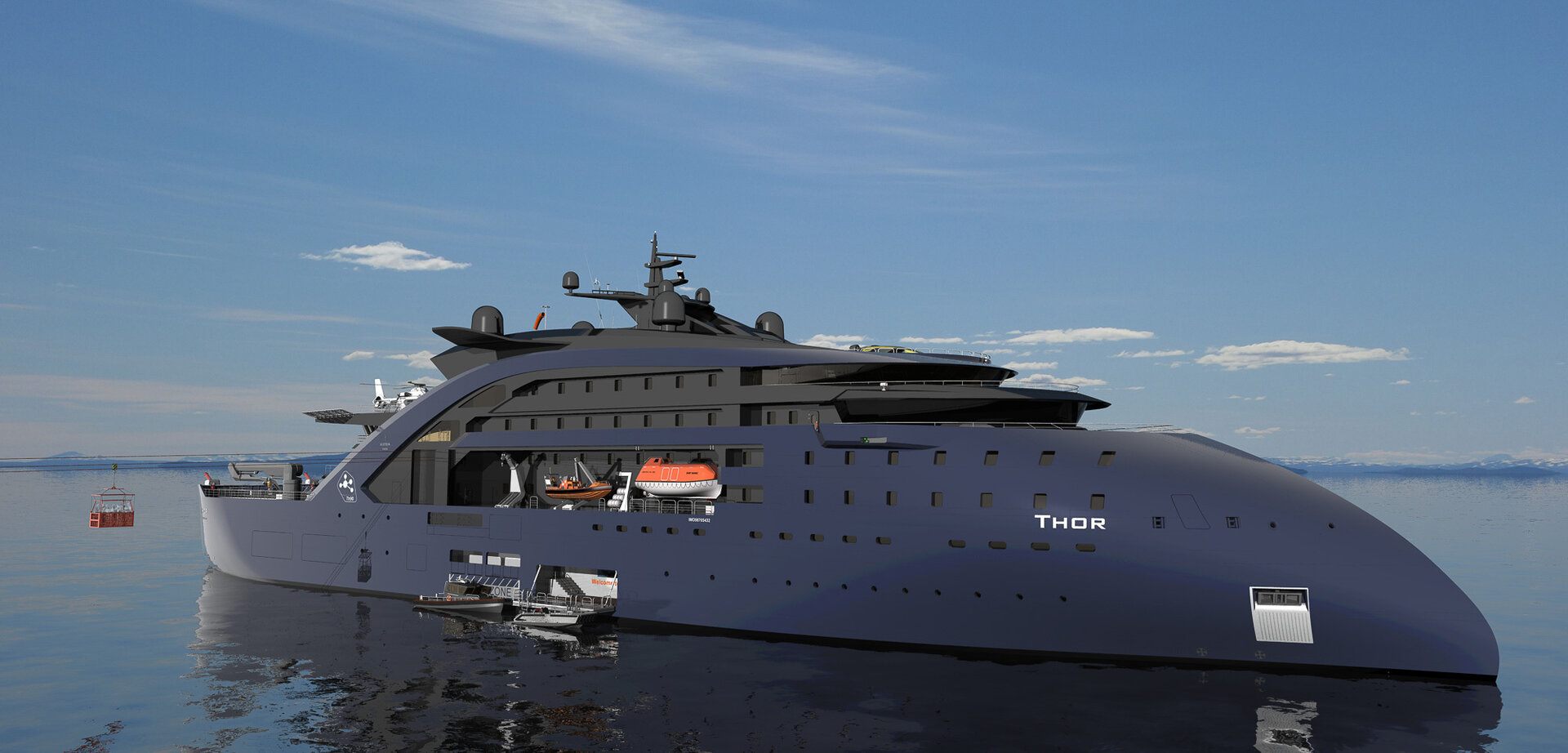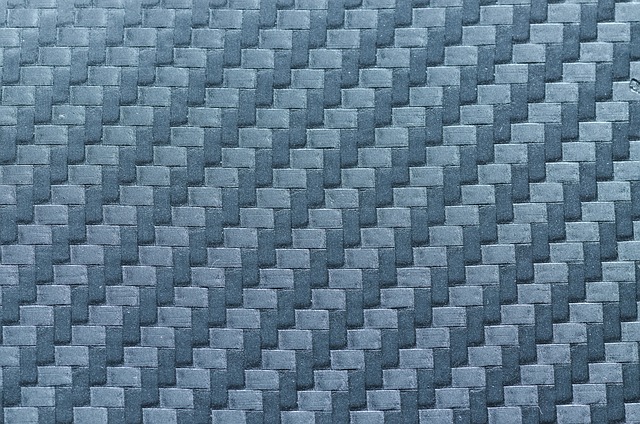Imagine constructing a fully operational base in the most unforgiving part of the world – perhaps the icy expanses of the Arctic or a secluded desert oasis. The crux of such endeavors often hinges on building materials that can withstand extreme climates. Amid these challenges, fabric buildings have emerged as a game-changer. These structures have paved the way for rapid, reliable, and resilient construction, shaping the way projects unfold in remote locations.
Brief History and Evolution of Fabric Structures
Fabric structures have a storied past, tracing back to ancient times when nomadic groups first used animal hides to make tents. Today, they’ve evolved into sophisticated architectural solutions made with advanced materials like high-strength polyester and polyvinyl chloride (PVC).
These contemporary materials have redefined the capabilities of fabric buildings, offering a unique blend of durability and flexibility that’s ideal for a range of applications – from aiding military operations to creating spaces for large-scale events.
Key Materials used in Fabric Building Construction
The heart of fabric building technology lies in its innovative materials. Fabrics used in these structures are lightweight yet incredibly strong, capable of withstanding heavy snow, fierce winds, and other harsh weather conditions.
They’re also treated with protective coatings to resist fire, ultraviolet light, and mold, thereby extending their lifespans and ensuring the safety of those within. Such fabric buildings can shelter equipment, house personnel, or serve as temporary medical facilities, all while being easily transportable.
Various Applications and Benefits in Diverse Industries
Fabric buildings have carved a niche across various domains. In the mining sector, they provide quick assembly shelters for equipment and staff in remote dig sites. The construction industry uses them as weather-protective coverings for unfinished buildings or as storage spaces.
Military forces benefit from their rapid deployment capabilities, setting up fortified camps in a fraction of the time it takes to construct traditional buildings. Oil and gas companies use these highly customizable structures to press forward with production regardless of the setting.
Tailoring Success in Unforgiving Terrains
Fabric structures are not one-size-fits-all. They are specifically tailored to suit the harsh environments where they are deployed. For instance, in extremely cold climates, they are designed with insulation and heating systems to maintain warmth, while in tropical areas, ventilation is key to combat heat and humidity. This customization extends to the dimensions and layout of the structure, ensuring that each building is optimally suited to its intended purpose, whether that’s a warehouse, living quarters, or operations center.
The Edge of Innovation in Portable Structures
The fabric building industry is constantly pushing the boundaries of what’s possible. Innovations such as energy-efficient insulation and solar-ready roofs are making them more sustainable, while their ability to incorporate modern amenities ensures comfort and functionality. The result is a construction solution that can be both temporary and permanent, adaptable and robust – ready for today’s dynamic industrial landscapes.
Ensuring Operational Continuity with Fabric Infrastructure
When natural disasters strike or urgent situations arise, fabric buildings have proven essential for continuity of operations. They’ve been instrumental in providing emergency shelters and field hospitals, often in places where traditional construction would not have been feasible or timely. The speed at which these structures can be transported and erected – a matter of days in some cases – means that affected communities can receive attention and aid much more rapidly than ever before.
Logistics of Setting up Shop in Isolated Locations
One of the most considerable challenges of operating in remote areas is logistics. Transporting heavy loads of traditional building materials across difficult terrains is not only costly but can also be environmentally invasive. Fabric buildings, however, come in compact, modular designs, making them easier to ship and assemble on-site without extensive groundwork. Furthermore, they can be dismantled and repurposed for different applications, reducing waste and embracing a more sustainable approach to infrastructure in isolated regions.







